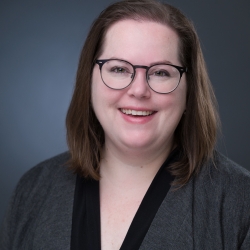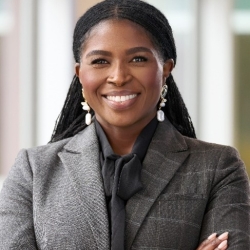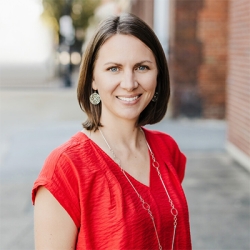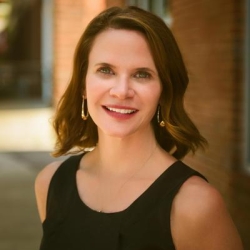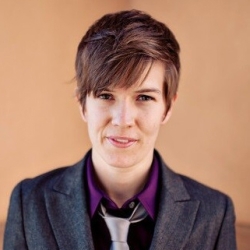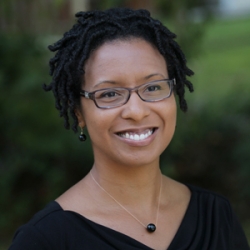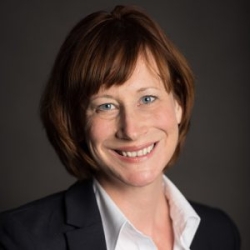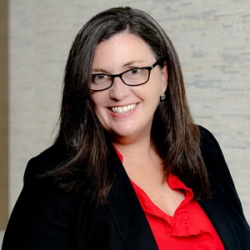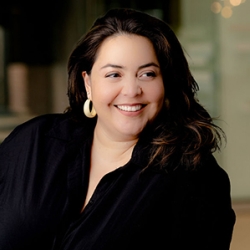This event is the Council's annual retreat for early-tenure community foundation chief executives who want to step away from the challenges of their day-to-day and find renewed energy and motivation in fellowship with other new CEOs. Hosted by Julie Diaz and the Dallas Foundation, it will take place in-person from noon CT on November 6 until 2:00 pm CT on November 7, 2025.
This retreat is intended for executive leaders (CEOs, Presidents, Executive Directors) of community foundations who have been in their current executive role for three years or less.
Over the two consecutive half-days sessions, attendees will delve into both the practical and existential issues facing foundation executives new to their role, such as navigating change, transforming operations, and building institutions for the future. Through peer support and coaching we will also explore the collective wisdom of our fellow leaders, and equip you with an expanded network, fresh ideas, and new motivation.
Retreat objectives:
- Raise and discuss key challenges for early-tenure foundation executives;
- Provide peer coaching on top-of-mind leadership challenges;
- Build peer relationships and exchange tips/resources.
Past retreat attendees have told us how valuable it is to have this time to step away:
“Thank you so much for organizing such a fantastic retreat. It was a wonderful opportunity to connect with fellow leaders and learn from each other. The peer coaching sessions were invaluable, and I feel inspired and motivated to implement new strategies in my own organization.”

